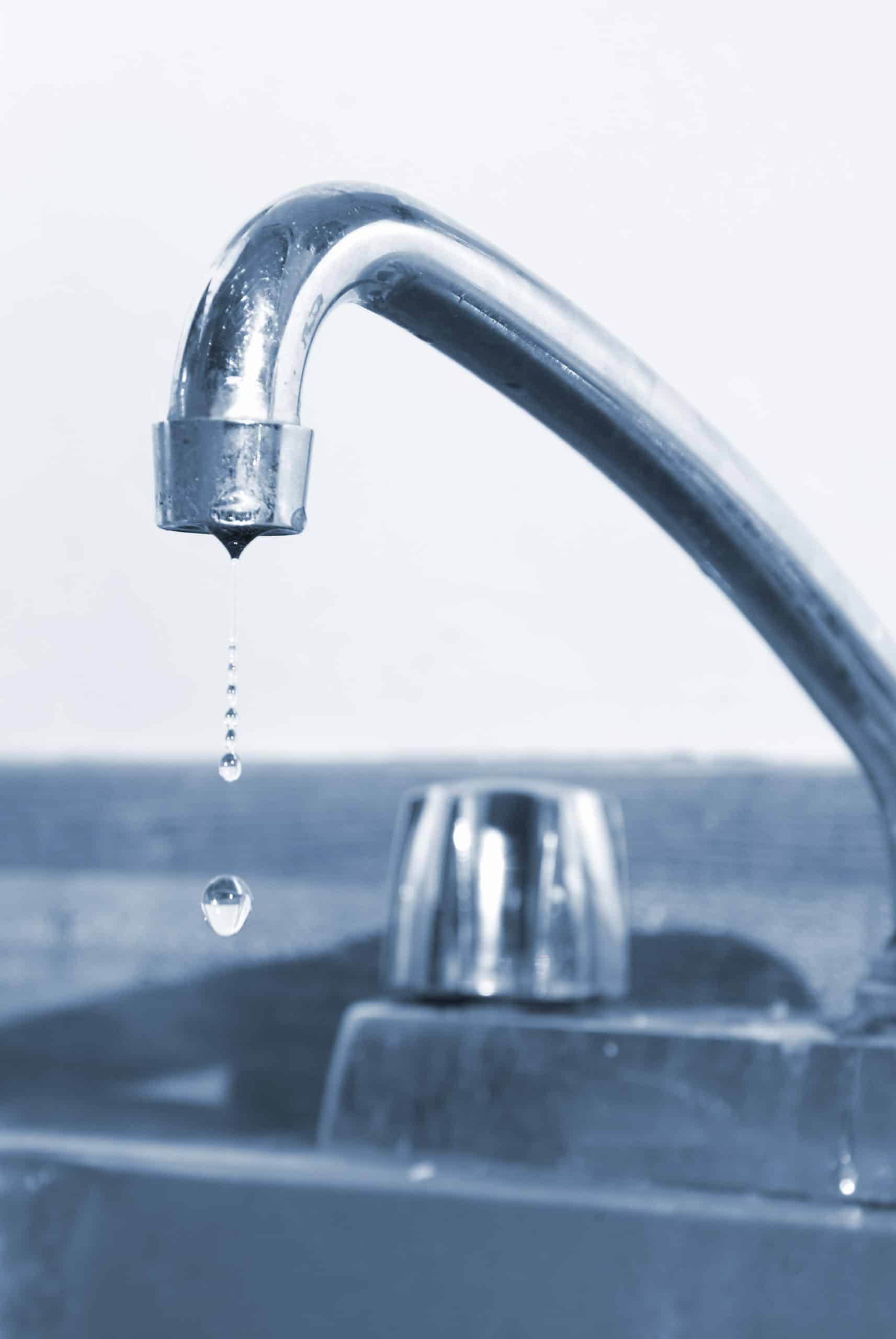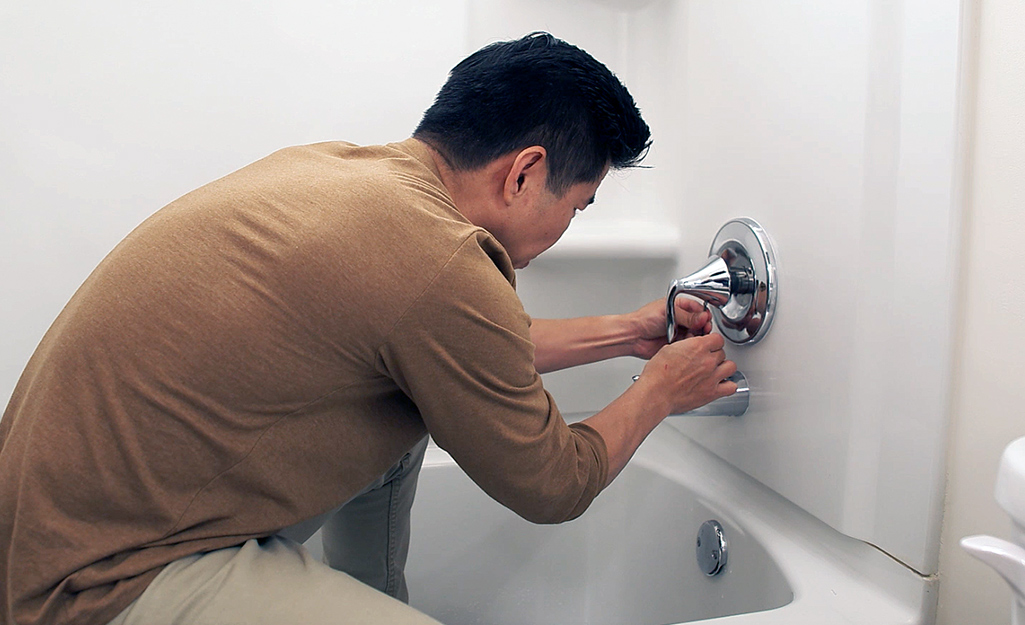The Reasons Behind Fixing a Faulty Faucet
The Reasons Behind Fixing a Faulty Faucet
Blog Article
This great article below relating to How to Fix a Dripping or Leaky Faucet is absolutely captivating. Don't miss out on it.

Dripping faucets may seem like a minor trouble, but their impact surpasses just the annoyance of the sound. From wasting water to sustaining unnecessary economic expenses and health dangers, overlooking a leaking tap can result in numerous consequences. In this post, we'll explore why it's vital to address this typical house issue quickly and successfully.
Wastefulness of Water
Environmental Effect
Leaking taps add significantly to water wastage. According to the Epa (EPA), a solitary tap trickling at one drip per secondly can lose more than 3,000 gallons of water per year. This not only pressures water sources however also impacts ecological communities and wild animals based on them.
Step-by-Step Guide to Dealing With a Dripping Tap
Tools Called for
Prior to attempting to take care of a leaking tap, collect the needed devices, consisting of a flexible wrench, screwdrivers, substitute parts (such as washers or cartridges), and plumber's tape.
Common Faucet Issues and Their Solutions
Identify the kind of tap and the certain issue creating the drip. Typical problems include worn-out washing machines, rusty valve seats, or defective O-rings. Describe producer directions or online tutorials for step-by-step advice on repairs.
Financial Prices
Raised Water Bills
Past the ecological influence, leaking taps can blow up water bills significantly. The gathered wastage with time translates into higher utility costs, which can have been prevented with prompt fixings.
Possible Residential Property Damage
Moreover, extended dripping can bring about harm to fixtures and surfaces bordering the faucet. Water build-up can trigger discoloration, rust, and also structural concerns if left ignored, leading to additional fixing costs.
Wellness Issues
Mold And Mildew and Mildew Growth
The continuous existence of wetness from a dripping faucet creates a perfect atmosphere for mold and mildew development. These fungis not only jeopardize indoor air top quality however additionally pose health and wellness dangers, especially for individuals with breathing problems or allergies.
Waterborne Illness
Stationary water in leaking taps can come to be a breeding ground for microorganisms and other pathogens, raising the risk of waterborne conditions. Contaminants such as Legionella bacteria prosper in stationary water, possibly resulting in severe ailments when ingested or inhaled.
DIY vs. Expert Repair service
Benefits and drawbacks of Do It Yourself Repair
While some may attempt to take care of a leaking tap themselves, do it yourself repair services include their own collection of obstacles. Without correct expertise and devices, do it yourself attempts can intensify the concern or bring about incomplete repairs, prolonging the trouble.
Benefits of Working With a Professional Plumber
Working with a professional plumber makes certain that the underlying cause of the leaking tap is resolved efficiently. Plumbers possess the know-how and equipment to diagnose and repair faucet problems successfully, conserving time and minimizing the risk of further damage.
Environmental Obligation
Private Payment to Preservation
Taking duty for dealing with trickling taps straightens with broader initiatives towards water preservation and environmental sustainability. Every individual's activities jointly make a significant influence on maintaining precious resources.
Sustainable Living Practices
By prioritizing prompt repair work and adopting water-saving practices, individuals add to lasting living techniques that benefit both present and future generations.
Preventive Measures
Normal Upkeep Tips
To avoid dripping taps, do routine upkeep such as cleansing aerators, checking for leaks, and changing worn-out parts without delay. Furthermore, consider mounting water-saving devices or updating to much more reliable components.
Importance of Prompt Services
Addressing trickling taps as quickly as they're noticed stops further water wastefulness and potential damages, ultimately conserving both water and money over time.
Influence On Building Value
Understanding of Well-Maintained Property
Preserving a home in good condition, consisting of addressing upkeep concerns like trickling taps, boosts its perceived value and value amongst possible customers or lessees.
Impact on Resale Worth
Features with properly maintained plumbing components, including faucets, command greater resale values in the real estate market. Dealing with leaking faucets can add to a positive impression during building evaluations and negotiations.
Verdict
Resolving a trickling tap goes beyond plain benefit; it's an important action towards saving water, minimizing economic expenses, and protecting health and residential or commercial property. Whether via DIY repair work or expert assistance, acting to take care of leaking taps is a small yet impactful means to advertise responsible stewardship of resources and add to a much healthier, extra sustainable future.
Why Are My Faucets Dripping (And Can I Fix it Myself)?
Causes of a Dripping or Leaking Faucet
Whether you’re hearing drops of water falling and hitting a sink, or noticing water ooze out from the base of the spout, you shouldn’t ignore a dripping or leaking faucet. And, the good news is, sometimes you can fix the problem yourself.
In this article, we’ll review a few common causes of dripping and leaky. We’ll also walk you through some basic ways to find the problem and handle it without calling anyone — and let you know when to call in a pro.
But, no matter what the cause, or whether you can handle it on your own, the sooner you address it, the better.
Each drip may be a tiny amount of water. But, they all add up quickly. According to the U.S. Geological Survey, one faucet losing one drop every 20 seconds — five a minute — wastes around a liter of water every day, and 173 gallons a year.
Add in more than one in your house, and it’s a lot of water to waste. So, we’ll help you get to the bottom of things quickly.
Four Reasons Your Faucet May Be Dripping
Aerator is Damaged or Unseated Valve Seat is Corroded O Ring is Loose or Worn Out Part of the Assembly is Loose Aerator is Damaged or Unseated
If you unscrew the end of your faucet, you’ll find the aerator. It’s the little stem piece with a screen on it that shuts off the water circulation.
If it’s damaged, or if it’s not sitting right, it will allow water to pass through.
Valve Seat is Corroded
Next is the valve seat, which is connected to the washer. If the washer wasn’t in place correctly, then it could have ground against the seat. Over time, this damages the valve seat.
The problem could also be corrosion: Over time, the part has worn out, and it’s now allowing water to pass through.
O Ring is Loose or Worn Out
Since the o ring is only a small rubber gasket, it’s a common reason why the faucet is dripping. You’ll find it at the base of the faucet, and it’s there to keep water from coming out where it’s not supposed to.
However, it’s common for the o ring to wear out over time. When it does, you’ll notice a drip.
Part of the Assembly is Loose
So far, we’ve looked at a few small, specific parts. But, the problem could be anywhere in the assembly if something’s out of place.
Even if a part isn’t damaged, over time, it may have become loose or dislodged. It could be the parts we mentioned, or the aerator at the tip of the faucet, the stem itself,
Can I Fix a Leaky Faucet Myself?
Depending on the problem, and how handy you are, there’s a chance you can fix a leaky faucet without calling a professional. But, you do run the risk of making the problem worse.
If it’s a small drip, you can certainly try a few troubleshooting tactics. We’ll walk you through them in a moment.
But, no matter what, your first step should be shutting off the water coming into the faucet. You should find a shutoff valve under the sink on the pipes leading to it. Turn each one clockwise until they close tightly.
Next, make sure you have the right tools for whatever you’re attempting. It’s tempting to make do with what you have. But, you need the right ones for a reason: You’re often dealing with small parts that can break if you handle them carelessly.
If you’re feeling confident, here are some places to start.
Items Near the Tip of the Faucet
A few of the parts we mentioned — particularly the valve seat and washer — are located at the tip of the faucet where the water comes out. They’re easy to access, making it a good place to start.
Check the O Ring
To check the o ring, you’ll need to take off the spout at the base. It’s easiest on kitchen sinks with long spouts, versus the smaller, bulkier base on most bathroom sinks.
Either way, this can be tricky, so do it carefully and don’t force anything. If it’s not coming right off, you’re much better off calling in a pro than possibly breaking something.
For a kitchen sink, there’s usually a nut or coupling assembly at the base of the spout. These often slide off easily without using any tools.
Once you’ve disassembled those parts, gently but forcefully twist off the spout.
Then, you can see the o rings. There should be two of the rubber gaskets on the base. If they look worn or damaged, replace them, and see if that solves the problem.

I hope you liked our article on Leaky Faucets: Why They Happen & What to Do About Them. Thank you for taking a few minutes to browse our post. Sharing is good. You won't know, you may be helping someone out. Thanks so much for going through it.
Report this page